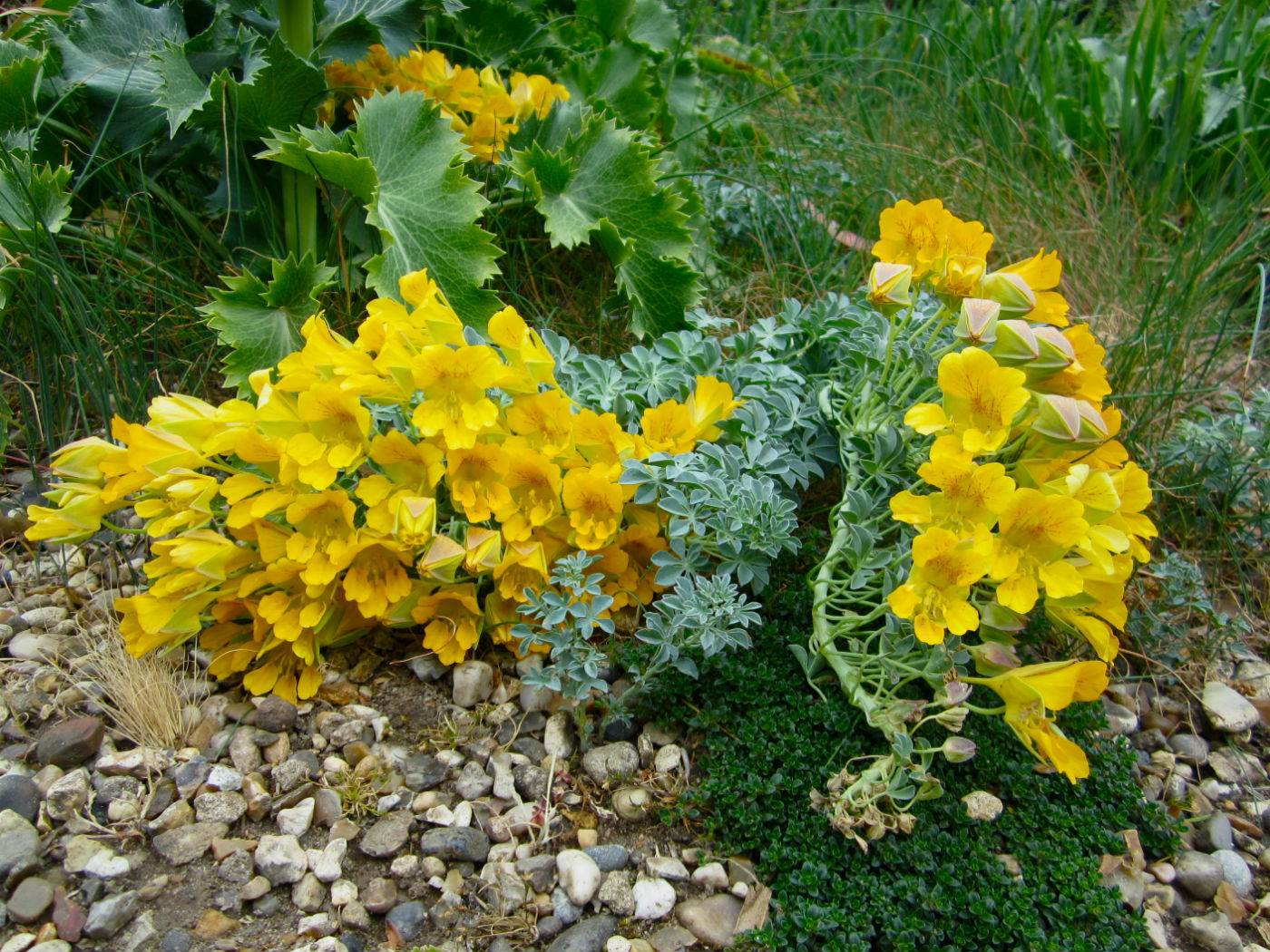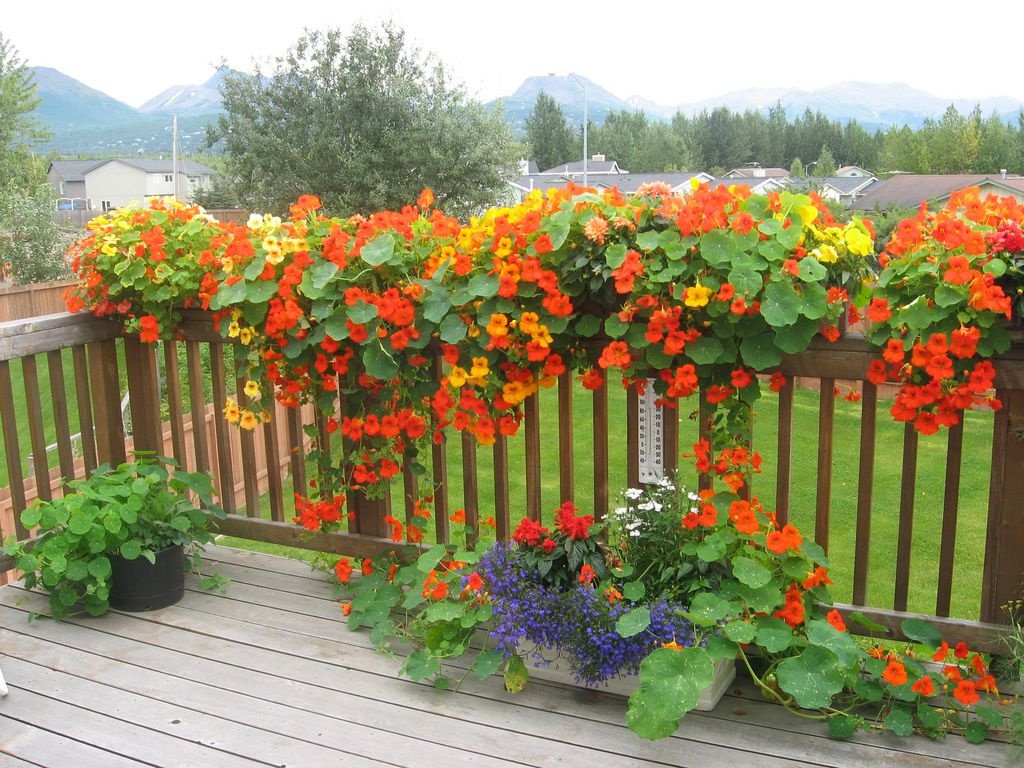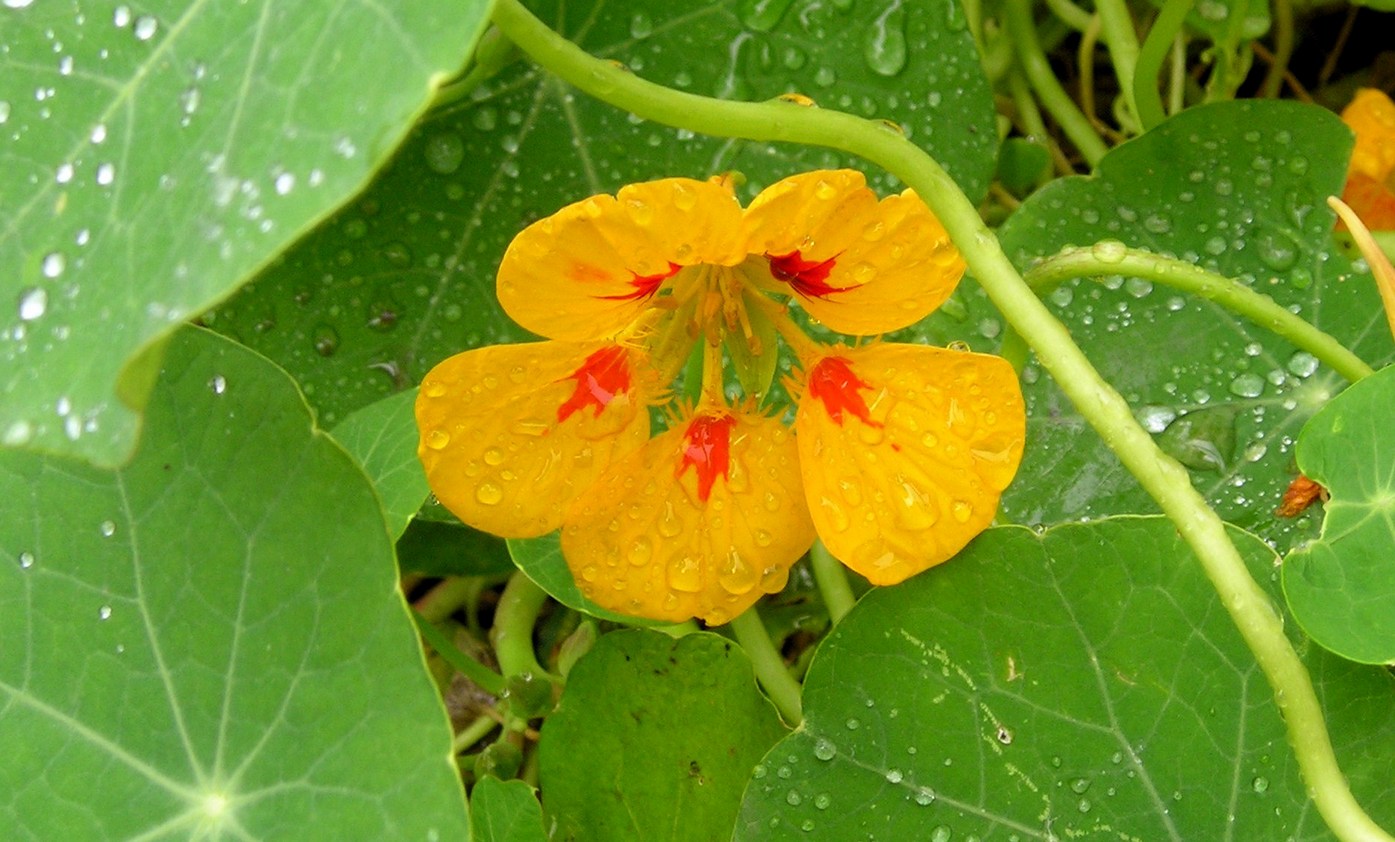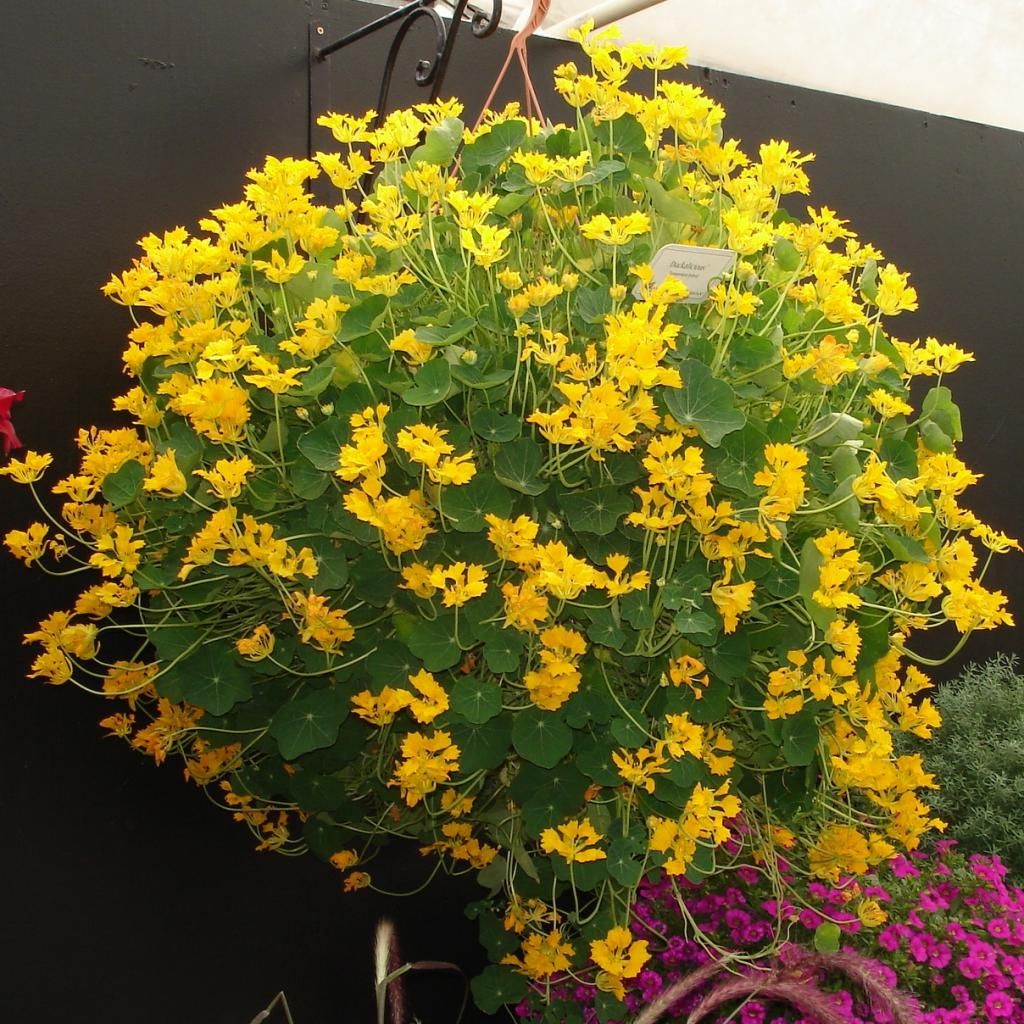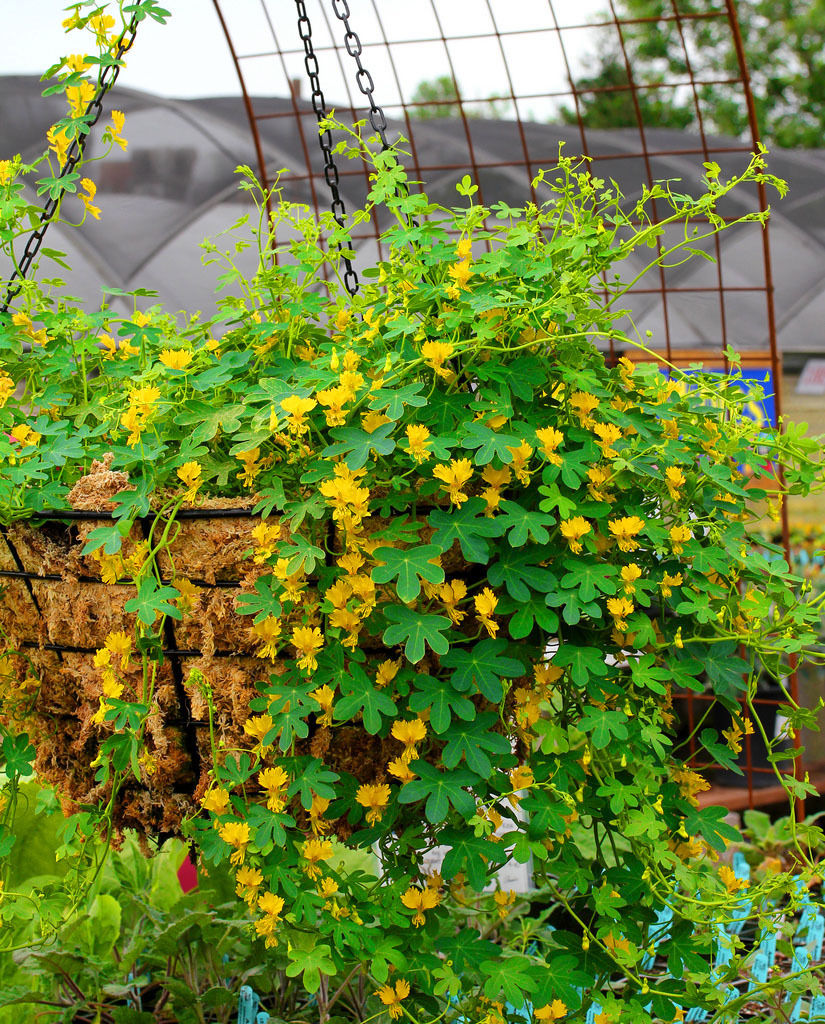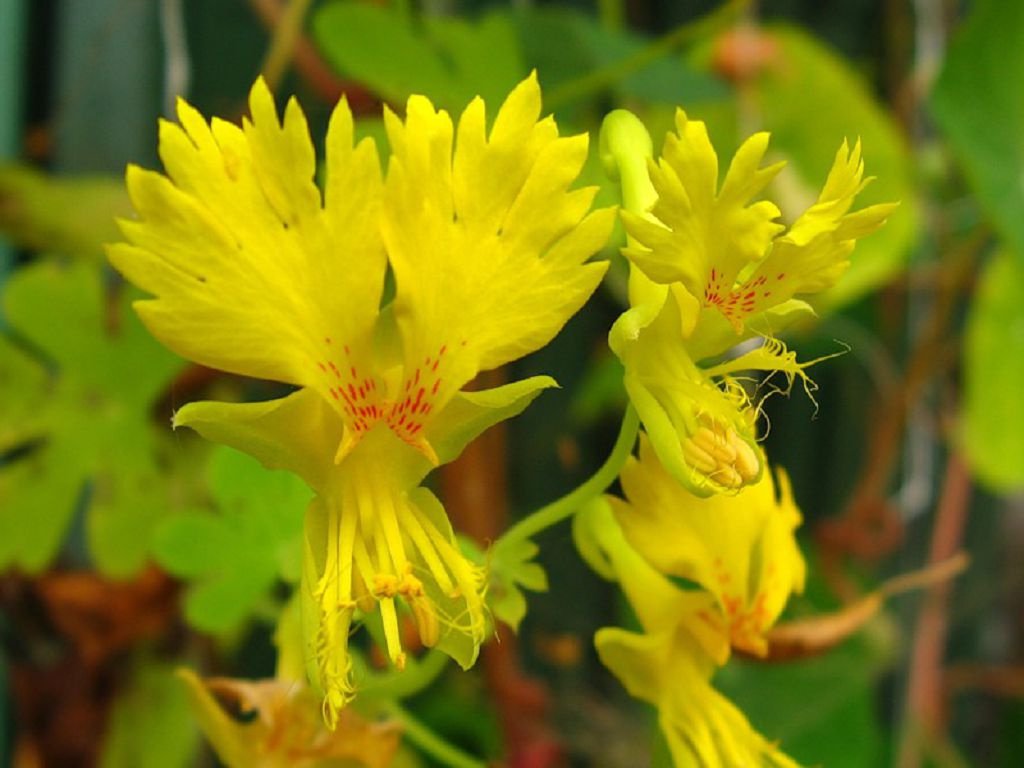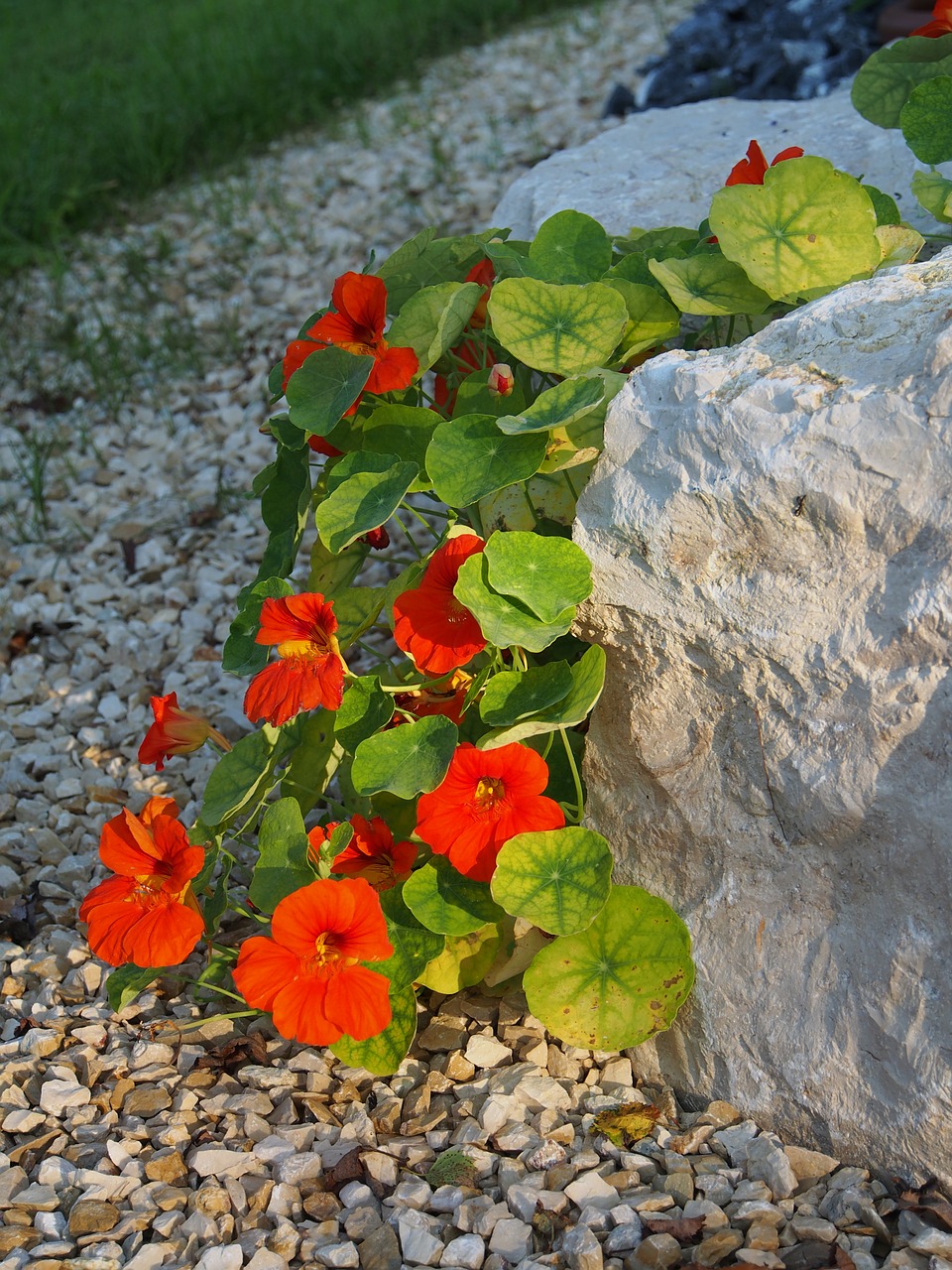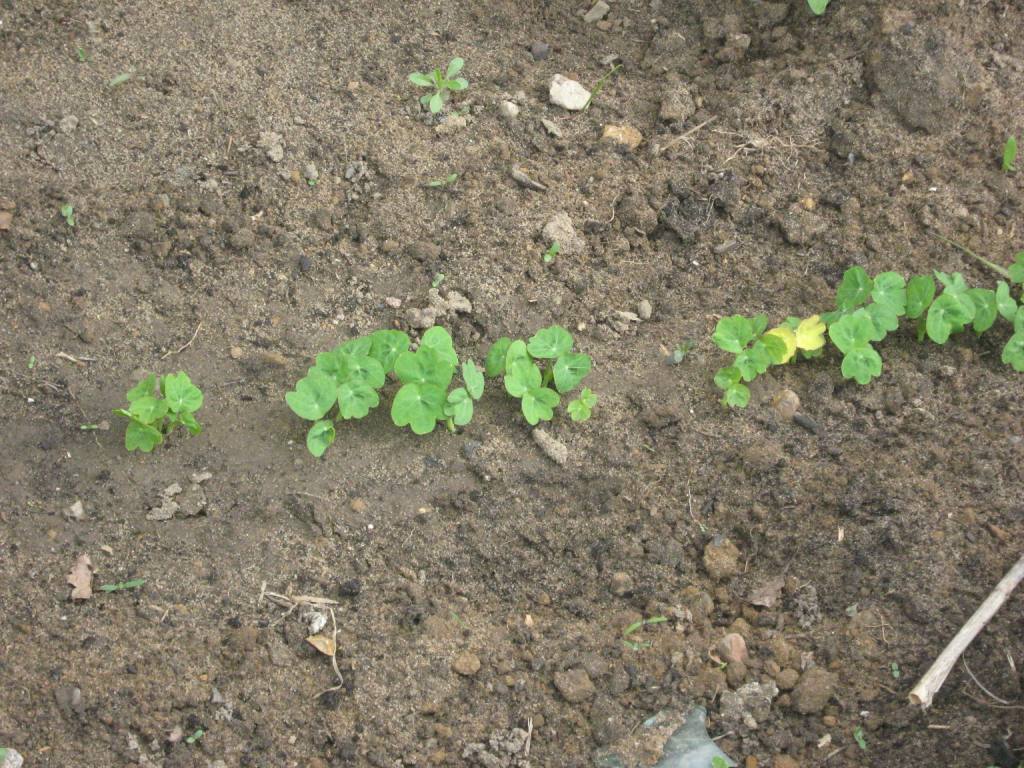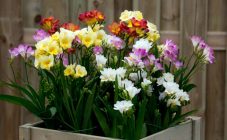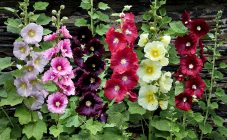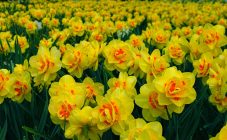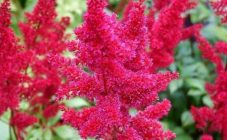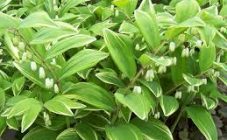Nasturtium is an ornamental plant with numerous bright flowers. Another name for the culture is capuchin. A distinctive feature of the flower is its unpretentiousness. This modest inhabitant of the garden will decorate a hedge or cover any garden bed, tree trunks with a bright carpet. At the same time, the shrub is edible and healthy. Growing capuchin on the site will give not only aesthetic pleasure, but also heal the soil, since the flower is a green manure.
About nasturtium
The nasturtium flower is a representative of the huge Nasturtium family. The plant is often found in vegetable gardens and garden plots. It stands out among other crops for its dense greenery and bright colors. Inflorescences can have different colors: be red, orange, yellow. Now capuchin is distributed all over the world. It grows in both warm and cool regions. America is the homeland of an unpretentious culture. For the first time, nasturtium flowers were seen in the central and southern parts of the continent.
Name history
In Latin, the name is spelled as nasturtium. Literal translation means to cut or torment the nose. This name was given to the plant because of the intense persistent smell. The flower was named capuchin for its appearance. The flowers are shaped like a monk's hood. We are talking about the ministers of the Capuchin order who lived at an ancient monastery in one of the cities of Portugal.
Why culture is bred
The plant fits perfectly into any garden. They are decorated with hedges, fences, gazebos, since the stems of some varieties look like vines. The varieties that are near the ground are used to decorate flower beds, tree-trunk circles of fruit trees and shrubs, and framing footpaths.
Nasturtium feels good at home and in pots on the balcony. The balcony, decorated with capuchin thickets, looks well-groomed.
In addition, nasturtium has found application in cooking. The attractive plant is prized for being edible. The leaves and petals taste like watercress. These parts are used to prepare and decorate various dishes. Nasturtium is especially popular in the cuisine of Americans living in the south.
Beneficial features
Nasturtium is a healthy culture.
Leaves and flowers contain important substances:
- Vitamins C, A, PP;
- Carotene;
- Phosphorus;
- Magnesium;
- Potassium;
- Calcium;
- Folic acid, linolenic acid;
- Copper;
- Iron;
- Omega-9, etc.
Thanks to this composition, the benefits of nasturtium flowers are great. Leaves and flowers of nasturtium have medicinal properties. Capuchin has a positive effect on immunity, the general tone of the body, digestive processes, the circulatory system, strengthens vision and prolongs youth. If you add flowers as an ingredient to salads and main dishes, you can heal from colds and overcome depression. A light, medicinal and spicy girlish salad is prepared from nasturtium, radishes, onions and cucumbers.
Plant characteristic
Many are interested in the question: "is nasturtium an annual or a perennial?" Capuchin can be both a perennial and an annual. In the gardens of Russia, an annual flower is usually grown, since nasturtium does not tolerate frost and dies during the first frost.
What does nasturtium look like? The plant is a liana-like thicket with a large number of leaves. There are species with branched, creeping or semi-erect shoots. The height of the shrub reaches 30-40 cm. Vine stems stretch up to 2.5 meters. Shoots can be either light green or dark emerald with a brick tint. The color of the stems depends on the type of capuchin.
The nasturtium leaf plates are remarkable, they look like rounded shields or lobes. They resemble the leaves of water lilies in shape. The petioles are elongated.
The root system is pivotal. The main root is powerful. The lateral roots grow sparsely. They are located close to the surface of the earth, at a depth of 5-10 cm.
Flowers of irregular shape, solitary, grow from the axils of the leaves. Each flower is large - about 4-6 cm. Depending on the type, they are smooth, double. They have a pronounced aroma. The color is always bright. There are capuchin pink, yellow, purple, tangerine, beige, cherry, white-purple, red. Flowering begins in June and lasts until autumn. A description of flowers would be incomplete without information on pollination. Insects pollinate nasturtium.
Capuchin species
Thanks to breeders, gardeners can choose the type or variety of Capuchin that suits them.
Among the most famous and attractive species are the following nasturtiums:
- Large;
- Perennial;
- Curly;
- Ampelnaya;
- Tuberous;
- Shrub;
- Terry;
- Stunted;
- Foreign.
Big
Large nasturtium differs in size. It can be either bush or in the form of a creeper. Shrub grows up to half a meter in height. Vine shoots stretch up to 2 meters. The species is annual. The flower, like the leaf, is large. Stems are fleshy, strong. The peculiarity of the species is in its early flowering. Beautiful multi-colored buds appear in May or early June. For this, the species was also named May. Flowers delight gardeners until frost.
Perennial
Perennial nasturtium is usually grown in warm countries with mild winters. She has very long liana-like shoots. They can completely cover three-meter beds.
Curly
The name curly nasturtium speaks for itself. The stem curls in different directions. The species produces many large flowers in various colors. In this case, the leaves can change color. If they are in the sun, then the leaf plate is light green, and if in shade, then emerald. Flowering occurs in the last decade of June and lasts until September.
A relative of the climbing culture is climbing nasturtium. This plant requires a garter. Before tying up climbing nasturtium, you should choose the most suitable place for it. This can be a hanging planter or a place near a trellis. It is necessary to tie it up constantly and from a very early age. Since if you start working with already formed stems, you can accidentally break them off.
Ampelnaya
Ampel nasturtium is valued for the fact that it takes up as little space as possible. It is planted in pots or pots that are hung on the wall. As a result, this type of nasturtium produces cascading stems with vibrant flowers and green leaves. If you hang the pots on the balcony, the composition will look like a multi-colored fragrant waterfall.Among the features of the variety is late flowering. It can be expected in July.
Tuberous
Tuberous nasturtium is common in the United States. This is an annual. It is usually cultivated in gardens located in mountainous areas. Flowers have a shape that vaguely resembles a bell. This species is grown primarily not for beauty, but in order to collect tubers. According to reviews, the tubers are tasty and nutritious. They contain a large amount of starch.
Bush
Shrub nasturtium is a small bush, about 20-33 cm high. Its stems are short and the leaves are small. Shoots stretch mainly upward. They are located at an acute angle in relation to the main stem. The variety is annual. Usually it is planted in flower beds. The plant framing the footpaths looks beautiful.
Terry
The double capuchin look is prized for its unusual lush flowers. They attract the eye with an abundance of irregular petals. Flowering starts late. It occurs approximately in the first decade of July. The variety is suitable for decorating a balcony.
Undersized
A stunted capuchin looks spectacular in tree-trunk circles. It is a lush plant that produces a lot of greenery and vibrant flowers, growing up to 10-25 cm in height. The variety is often used for planting in pots.
Foreign
Foreign nasturtium is an annual. It can be both herbaceous and leaf-climbing. Its main difference from other types is in the inflated demands. It grows well only in fertile land. The foreign one also has a fleshy stem that curls strongly. The leaves are in the shape of lobes, and the flowers are small and always sunny in color. The shape of the flowers resembles an exotic butterfly. The petals have pronounced teeth. Abundant flowering. Starting in June, it lasts until the end of September.
Capuchin varieties
Among the popular varieties of crops are:
- Pink cherry;
- Ladybug;
- King Theodore;
- Alaska.
Pink cherry
The nasturtium variety Pink cherry is a compact bush, up to 33 cm high. Moreover, the flowers are rather large in relation to the stems and leaves. Each flower grows up to 5-7 cm. The color is pink, lilac-cherry. A distinctive feature of the variety is its pleasant floral-honey aroma.
ladybug
The ladybug is a variegated Capuchin variety. The color of the petals is beige-sunny or gold with tangerine splashes. Flowering is profuse and long lasting. The ladybug is a large nasturtium species.
King Theodore
The King Theodor variety is distinguished by a rich scarlet or red color of flowers. The structure of the petals is terry. The leaves are emerald in color. Bushes are dense, powerful, usually in the shape of a circle. The height of each is 35-44 cm.
Alaska
Nasturtium Alaska is a small annual. Flowers have different colors. A peculiarity of the variety is variegated sheet plates of irregular shape. They are light green in color with whitish strokes.
Planting culture
Nasturtium is an unpretentious plant. It develops even on poor soil. However, for better growth and lush, long flowering, it is recommended to prepare a bed with fertile loose soil. The most suitable place for culture is sunny and draft-free.
The garden bed is dug up a few weeks before planting. Fertilize with compost, ash, peat. If the soil is heavy, then sand is added to it. The prepared ridge is spilled.
Planting crops can take place both by seeds and seedlings. The seed method is the simplest, but the seedling method will contribute to the prompt start of flowering.
Growing seedlings
- The process begins in March or early April.
- The seeds are placed in a damp cloth for several days.
- They are treated with a solution of manganese and a growth stimulant.
- Small pots or containers are taken.A soil mixture of peat, humus, garden soil is poured into them.
- Seeds are placed in a container with soil mixture to a depth of about 0.7-1.3 cm. In one cup, 2 or 1 seeds are placed.
- Containers or pots are covered with foil or glass. As soon as the shoots look out of the ground, the makeshift greenhouse is removed. The sprouts should hatch in 8-13 days.
- Seedlings should be watered every 2-3 days.
- Before transferring seedlings to open ground, they are hardened. That is, they are taken out into the open air a week before planting, first for 5 minutes, then for 10 minutes, etc. This is necessary so that the plant is not stressed after planting.
- Landing in open ground takes place in May, when night frosts pass.
- Each plant is transplanted along with a clod of earth in which the roots are located.
- The distance between adjacent flowers in the garden is about 40 cm.
Planting seeds in the ground
- The event takes place in May.
- Seeds are planted in 1-2 seeds per hole. The holes are made 3 cm deep. The distance between crops is 25 cm.If planting is in rows, then a distance of 30 cm is left between the rows.
- Further, the seeds are thrown with moist soil.
- The bed is covered with foil.
- Watering is carried out every 2 days.
- When shoots appear, the makeshift greenhouse is removed. But if frost or a sharp drop in temperature suddenly comes, then the film is returned to its place.
Care
Culture care is simple. It consists in infrequent watering. You can moisten the soil once every 8-10 days. You should also carry out spring feeding with a mineral mixture that contains potassium and phosphorus. It is impossible to loosen the ground under the bushes, as you can damage the delicate roots. But you need to weed the weeds in a timely manner.
Diseases and pests
Capuchin has strong immunity. He rarely gets sick.
But if this happens, then among the ailments of nasturtium may be the following:
- Bacterial wilting;
- Gray rot;
- Mosaic;
- Spotting.
Bacterial wilting is a dangerous disease. The affected bushes are removed so that the infection does not spread. Gray rot, like mosaic, is treated with Fundazol, Fitosporin. Spotting is not cured. Damaged plants are dug up, and the ground is treated with a disinfectant solution.
During flowering, nasturtium scares away pests from neighboring plantings. But cruciferous fleas and caterpillars can attack it. For the fight against parasites, it is recommended to use ash. She is dusted with culture. An ash-and-soap solution is also prepared, with which the plant is sprayed. Treatment with insecticides is allowed: Decis, FAS, Iskra M, Aktellik, etc. But after spraying, the leaves and flowers should not be eaten.
The nasturtium flower attracts gardeners with its unpretentiousness. The abundance of varieties of culture allows even a demanding summer resident to choose the type or variety he likes.
